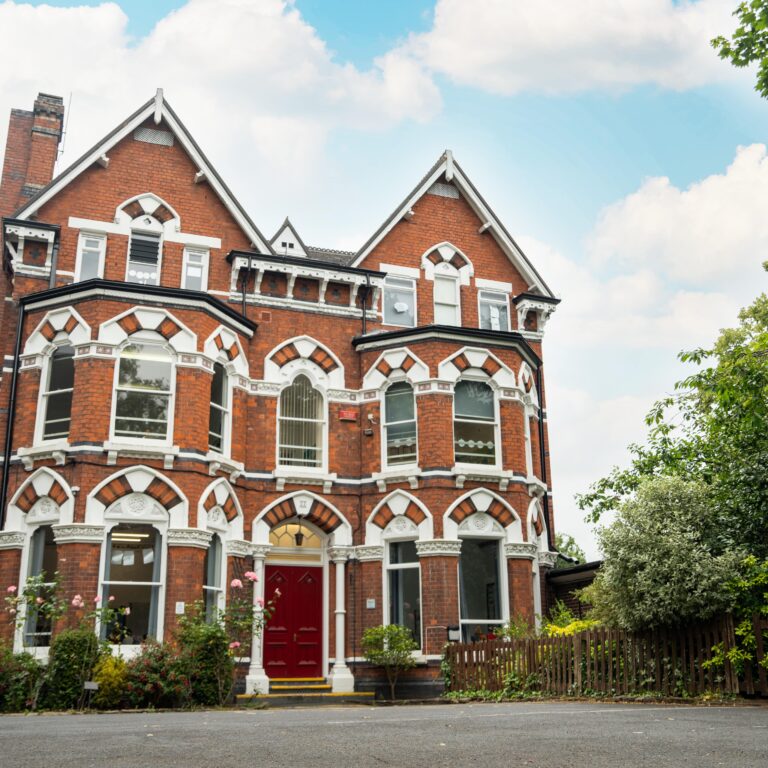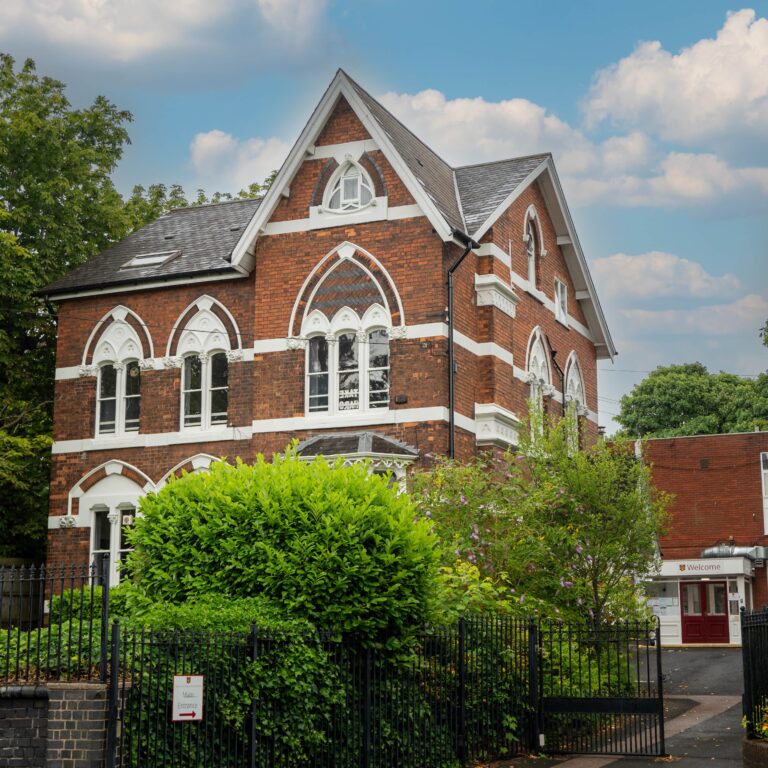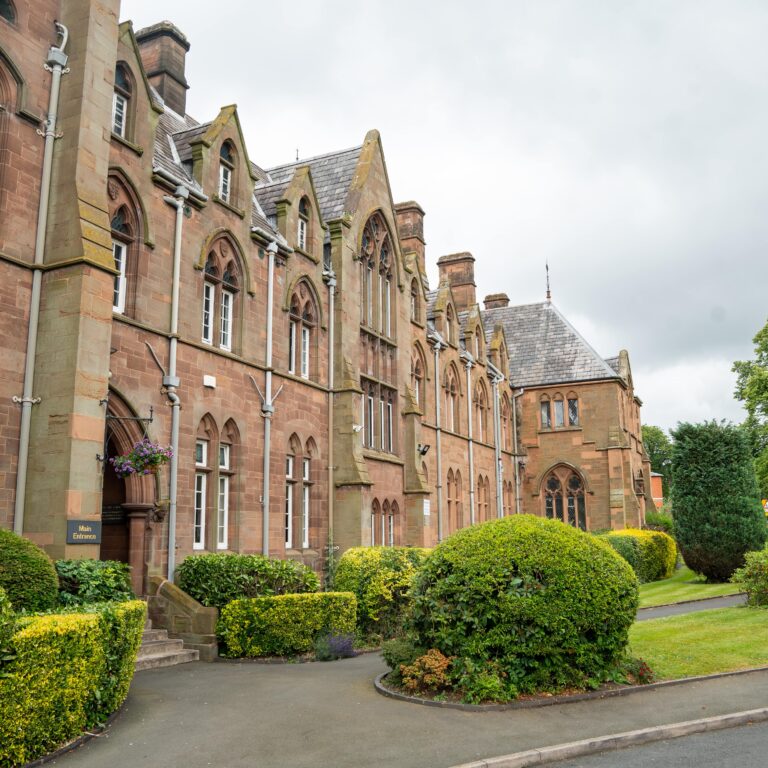Dear children and young people,
Welcome to the Christmas edition of ‘Mrs Moore’s Memo’!
First of all, I want to thank you so much for all the resilience and tenacity you have displayed during these last few very difficult months and for all your hard work since we returned to School in September. You are to be congratulated for the way in which you adapted to all the changes we have had to make because of Covid-19, otherwise known as ‘marshmallow’ (which the U3rds prefer to call it). I have been privileged to witness the mature manner in which you adjusted to the ‘new normal’ – wearing your face coverings in communal areas, washing your hands and using hand gel regularly and generally being aware of the need to keep yourselves and others safe around school. Well done 😊
I’ve been thinking long and hard about what to include in this special edition but, as I’ve referred to it above as the ‘Christmas edition’, I’ve decided to focus on the traditions of Christmas past and present (excuse the pun). So, without further ado, here goes…
So where did it all begin? Well, if we go right back to the Neolithic period (way before the story which began in Bethlehem of course), it transpires that the shortest day, 21st December, was very important to our hairy ancestors who built and used Stonehenge and they engaged in much revelry and celebration around this time. Archaeologists working near Stonehenge have discovered that the ‘Neolithic’ or the New Stone Age people, held great feasts there during this time of year. Our ancestors didn’t feast on turkeys and sprouts (or have veggie or vegan options) like us, but they feasted on huge quantities of pork and beef and also enjoyed dairy products such as fermented milk (fashionable again these days) and cheese. They didn’t have mulled wine either, but enjoyed barley beer or mead (a drink made from honey) which they drank from their hand decorated pottery beakers (a late Neolithic ‘must have’ accessory (which they probably bought from a shop called ‘Neo Look’!). The most valued midwinter presents would have been daggers made of bronze (the newly discovered metal of the day) and jewellery such as necklaces, hair ornaments and buttons made from bronze or gold (for richer people only!).

The Romans also continued to celebrate midwinter with at least five days of feasting and partying. They called their winter festival, Saturnalia with the festivities beginning on 17th December. The name, Saturnalia, is derived from the god Saturn and it was a time when all the usual rules of social standing were abandoned with slaves being served at meals by their masters for example. Public feasts were followed by celebrations at home with people exchanging small gifts and poems being recited and songs sung. The Romans had very expensive tastes in food and some of the delicacies which they enjoyed are still to be found in in luxury food stores today like Harrods or Fortnum and Mason in London. Romans apparently ate mountains of figs, dates, pine nuts, snails, fattened up dormice (not to be found in posh shops today I’m pleased to report) and exotic fish.
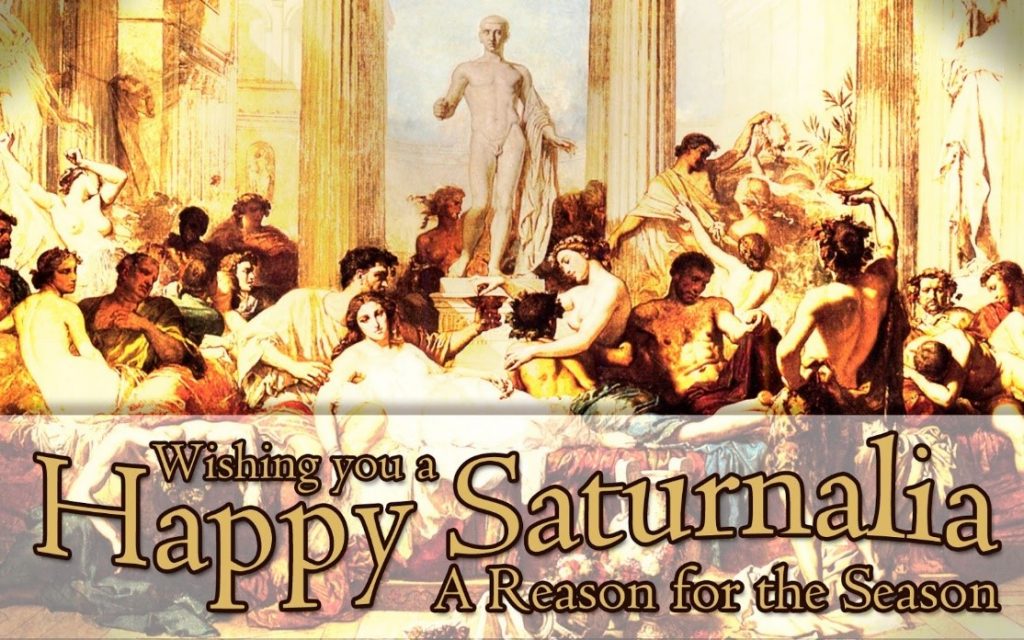
Our Medieval ancestors, after fasting and praying right up until 24th December, really let their hair down and celebrated with twelve full days of Christmas activities, reaching a crescendo on 6th January when they exchanged presents on ‘Twelfth Night’. These celebrations commemorated Christ’s birth and the name ‘Christmas’ (Christ’s Mass) was first recorded in England in 1038.
Tudor Christmases were even more extravagant than the medieval ones. For example on ‘Twelfth Night’ (6th January) a bean was baked into a cake and the person who found it in their slice became ‘King of the bean’ – or if it was a woman who found it, she was allowed to choose her ‘king’. This was also a time for plays (Shakespeare’s Twelfth Night for example) and for dressing up and disguising yourself. Henry VIII, who was a very talented musician as well as a prolific collector of wives, wrote a Christmas song ‘Green Groweth the Holly’ and also (allegedly) ‘Greensleeves’. The Tudors apparently had terrible teeth, however, because they were crazy about sweet things and often indulged in ‘sugar banquets’ where huge sugar models of castles, dragons, holly and even sugar crockery – all of which were edible – were consumed. Rumour has it that Queen Elizabeth 1’s teeth went black from eating too much sugar and she had to have them all pulled out eventually and wore wooden false teeth in her old age ugh!
This reminds me of a poem by Pam Ayres entitled ‘Oh,I Wish I’d Looked After Me Teeth!’

When did we first have Christmas trees?
Well, one of the most powerful images of a ‘traditional’ Christmas as we know it is the Christmas tree. This custom originated in Germany and was introduced to us during the Georgian period. However, it was Prince Albert (Queen Victoria’s beloved husband) who is generally credited with introducing the Christmas tree to England. Victoria and Albert shared a great enthusiasm for all things Christmassy and each year during their marriage, beautifully decorated trees provided a focal point for their celebrations in the Royal household. In 1848, a print showing the royal couple with their children was published in The Illustrated London News and from that time onwards, the popularity of the brightly lit and decorated Christmas tree became part of our festive traditions. Charles Dickens referred to the Christmas tree as that ‘new German toy’!

The Royal family enjoy the first Christmas tree at Windsor – illustration from ‘The Life of Victoria’ by Alice Corkran
What about Christmas cards and crackers?
The story of how the first Christmas cracker came about is down to one man’s determination to invent something different. Tom Smith was a confectioner’s apprentice in London in the early 19 century and, on a trip to Paris in 1840, he discovered the French tradition of giving sugared almond bon-bons, wrapped in coloured tissue paper as presents and decided to nick this idea, bringing them back to London and making them very popular. However, Tom Smith was a man who liked to create excitement – particularly for children – so one evening when he noticed logs crackling in the grate of his fireplace, he imagined a bon with a pop! He went on to invent the idea of making a coloured paper wrapper and putting another strip of paper with chemicals smeared on it, which when rubbed, created enough friction to produce a ‘bang’! You will, of course, know all about friction and how it’s created from your wonderful Physics lessons in School! Smith knew that children loved anything that made a ‘bang’ and he then had the idea of putting mottoes and poems inside the crackers to amuse the adults. You can still buy crackers by the John Smith Company – have a look when you’re out shopping for them with your parents in the holidays!
Dear Mr Moore (I hope you remember him from my earlier memos?) is not a great fan of crackers as he managed to burn his finger on one when he was little – it wasn’t a Tom Smith’s cracker, I’m pleased to say, but a homemade version (grandad Moore fancied himself as an inventor too) which had rather too much ‘bang’ inserted! Oh dear…
Now on to Christmas cards…
Sir Henry Cole who was getting sick and tired of having to write long seasonal letters to friends and family thought up the idea of creating a greeting card instead. This invention would not only save him hours of writing, but would also prove to be an extremely lucrative discovery. He asked his friend, the artist John Horsley to design hand-coloured lithographs (no photocopiers in those days) and the Christmas card was born!

The first Christmas card – 1843 designed by John Horsley
What about Father Christmas then? (I hear you say) Well…
I’m writing this memo on 10th December which is (was) Christmas jumper day and Christmas dinner day (yum!). You will recall that we had our very own Santa arrive during lunch who helped me distribute chocolate Santas to you all? Thank you dear Mr Parkinson – you did a fabulous job! Anyway, what about the Father Christmas story?
‘He was dressed all in fur from his head to his foot, and his clothes where all tarnished with ashes and soot… His eyes how they twinkled! His dimples how merry! His cheeks were like roses, his nose like a cherry… He was chubby and plump, a right jolly old elf.’
These lines come from a poem called ‘A Visit from St Nicholas’ by Clement C Moore (no relation) which I used to read to my own little children every Christmas Eve. It was one of our family traditions and I was sad when the day
came for my children to grow up and not ask for the story to be read to them anymore. I still have the story in my bedside cabinet and will be reading it to myself (and dear Mr Moore of course) this Christmas Eve as it will bring back memories of happy days gone by – sob! Anyway, I will move on before I get too soppy.
There were several forerunners of our traditional version of Father Christmas. In the 4th century for example, Bishop Myra, also known as St Nicholas, became known for his kindness to children and generosity to the poor. After he died, the legend of St Nicholas grew and he is still remembered in some countries on 6th December. Later, in the medieval times in England and for years later, the figure of Father Christmas became synonymous (look it up) with generosity, kindness and good cheer. Later still, in the 19 century, he became a gift-giver and the Dutch emigrants who settled in America named him ‘Sinterklaas’ which later became Santa Claus and the legend was born!
I hope you enjoyed my whistle-stop tour of the traditions of Christmas past and present, but I thought I’d end by letting you know a little about the Christmases I remember as a little girl (back in the day). Obviously, mobile phones and the internet were not yet invented yet when I was a child and the toys we asked Father Christmas for in our letters to him – which we then posted up the chimney btw – would not be very popular today methinks. However, Christmas was a very magical time and some of the toys I asked for can be seen in the picture below:

I received a doll like the one above and she was called ‘Chatty Cathy’ – she could talk and, if you held her arms and guided her, she could also walk. She had an American accent and being mother to such a wonderful doll was the height of luxury for any little girl like me in the 1960s. I recently searched for a Chatty Cathy doll on Ebay and discovered that they are now very sought after and expensive. There was a doll like the one I owned on there recently for £300!
I was also the proud owner of a cooker like the one in the picture and spent hours clanging around with my pots and pans, inventing lovely meals for my dolls! We also had Christmas stockings of course which always contained a tangerine, some walnuts, some chocolate and a few tiny little toys – we loved our stockings and it was always a thrill in the darkness of a Christmas morning to feel the weight of our filled stockings at the bottom of our beds! Memories of my childhood Christmases still fill me with wonder as, although we didn’t
have the fabulously extravagant Christmases that happen today, everything was so beautiful and wonderful. I can remember the smells of Christmas – spices likes cinnamon, nutmeg and cloves – tangerines and turkey and somehow, the addition of a few paper chains and fairy lights made the world seem a much more exciting and magical place. I also remember making a Blue Peter Advent wreath every year out of coat hangers and tinsel – oh the joy of it! Obviously, no real candles or matches were allowed in our house!

Blue Peter Advent wreath!
Christmas is a time to remember our loving families and friends and the memories of Christmases past which will always remain in our hearts, so here are a few Christmas pics from my family album – note that there were no colour photographs in those days!
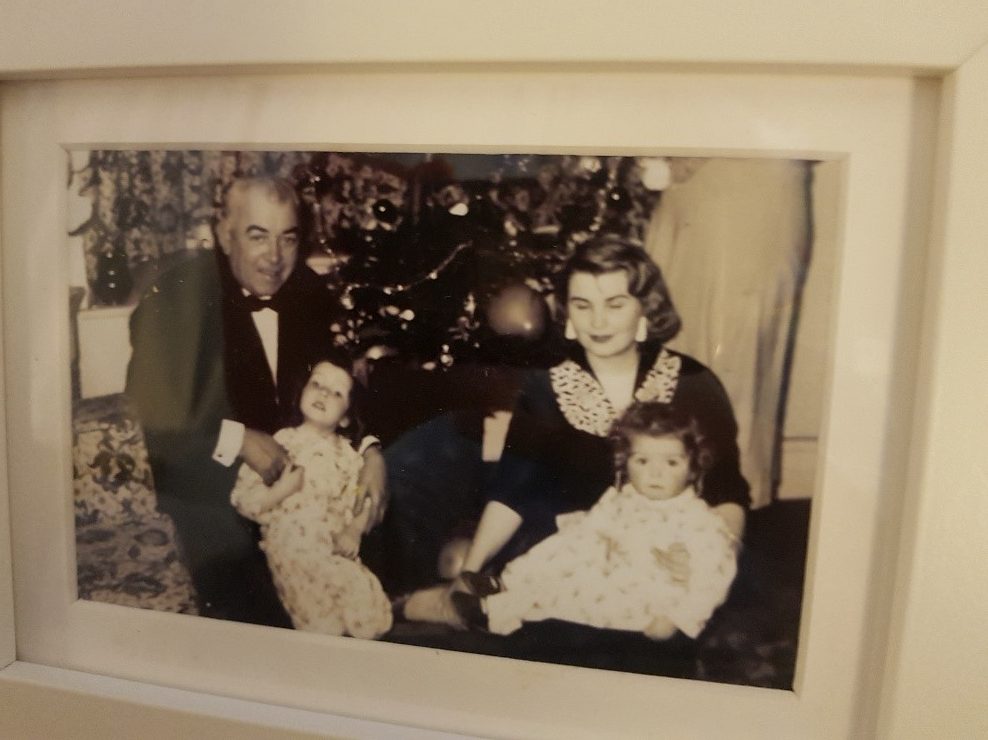
My lovely Welsh grandad and my beautiful Irish mammy pictured here under the Christmas tree with me and my big sister. I’m the one looking confused and curly in my mum’s arms!
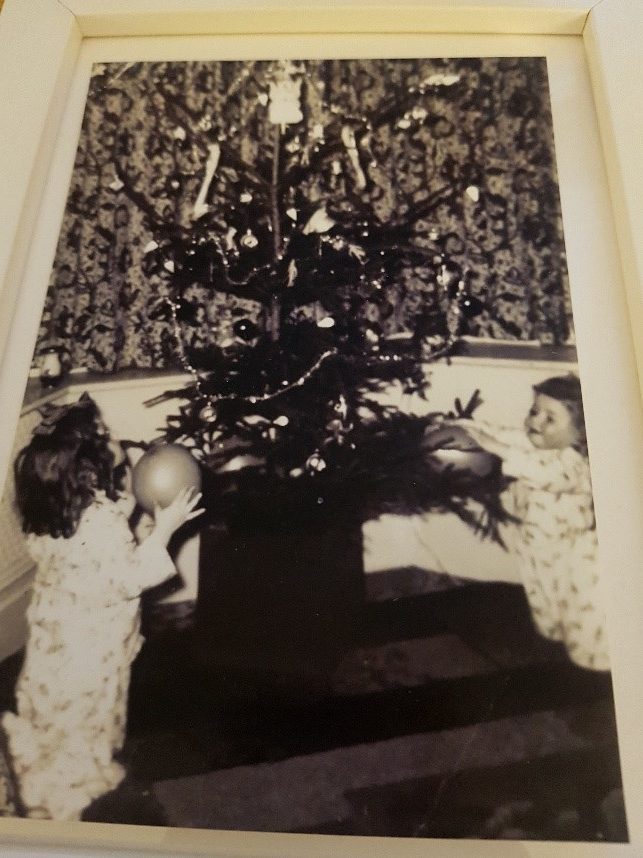
Decorating the tree in our new Christmas PJs!
Anyway, dear children and young people, I think I’ve rambled on enough for one memo and it remains only for me to wish you and your lovely families a peaceful and blessed Christmas and the happiest New Year ever. 2020 will go down in history as one of the most difficult years, but I know that things will get better and the wonder and blessings of the Christmas season will heal the sadness of the past and light up the world once again with its message of peace, hope and love.
Always remember how very special and loved you all are and never forget to be kind to others. Kindness is the most precious gift you can ever bestow (and it’s absolutely free!) Remember to help your tired mums and dads with the preparations for Christmas and try not to moan too much if you are asked to help with those post-Christmas dinner dishes!

Finally, I’m going to leave you with some inspirational words from one of my favourite books, ‘The Hobbit’ by Tolkein – (highly recommended Christmas reading btw!)

Have a wonderful Christmas holiday – you really deserve to have all your dreams come true. I know that the U5 and 6th form will be busy revising, but please remember to take plenty of breaks, eat lots of chocolate and get plenty of sleep as well.
Love and best wishes to you all at Christmas and always.
Mrs Moore
